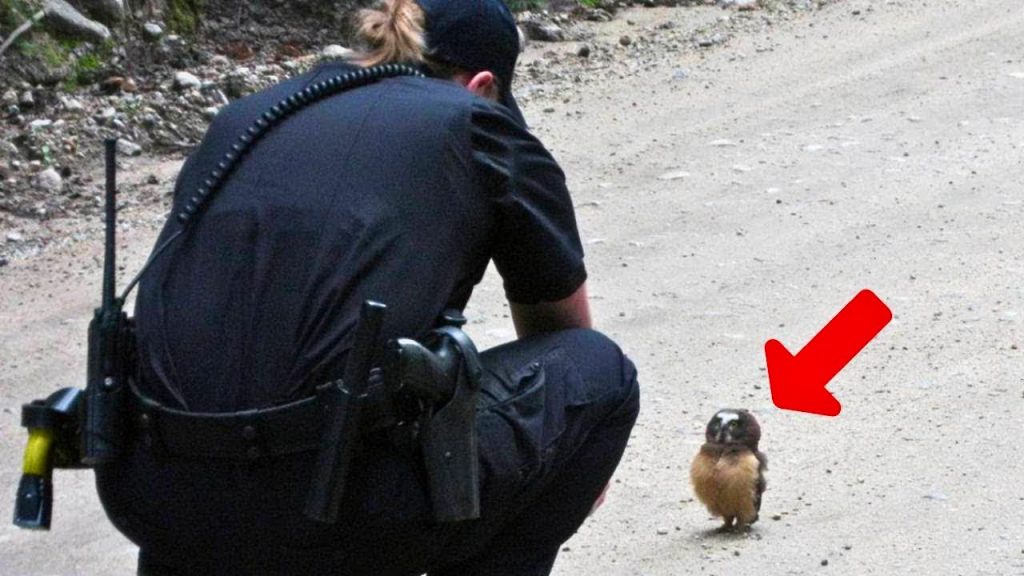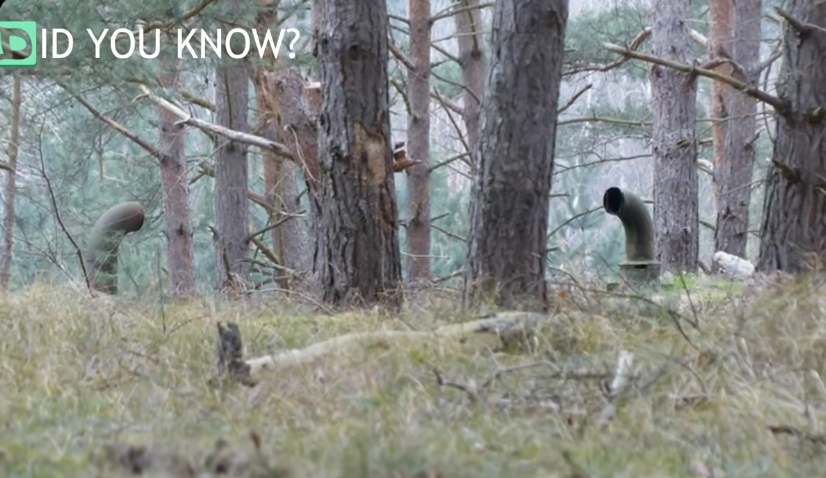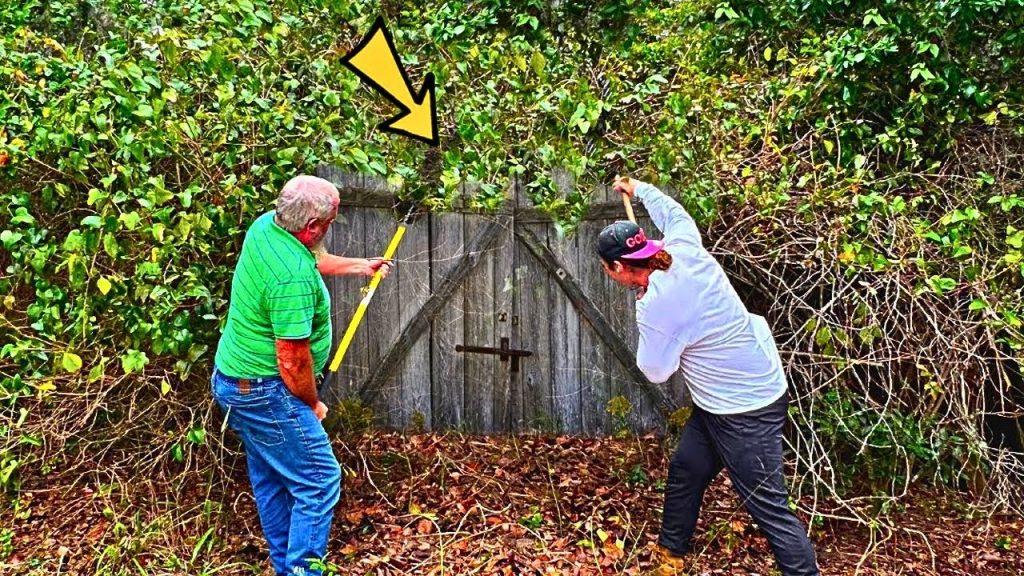A Cinnamon Gardening Life Hack Everyone Should Know
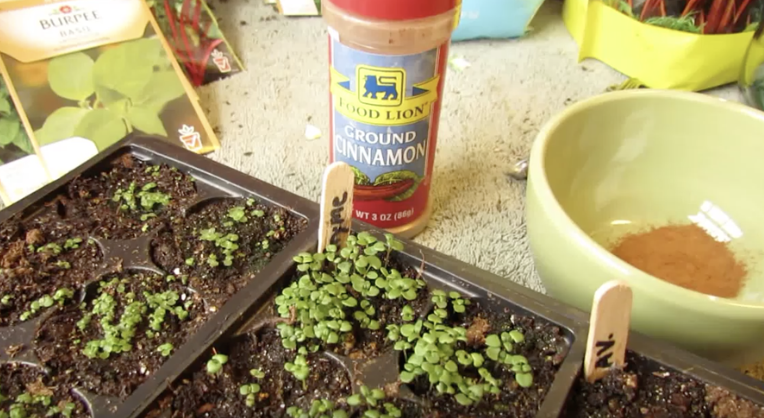
image via – youtube.com
A little sprinkle of cinnamon has the ability to make all sorts of things taste better. The aromatic spice has long been used as a seasoning and flavor additive for foods and drinks, even the Romans added cinnamon to bitter wines to improve their taste profiles. Today it’s widely used in teas and alcoholic beverages, like the immensely popular and widely appealing Fireball whiskey. However, there are many other non-food related ways in which the power of cinnamon can be harnessed.
One such way is in the garden, or more specifically, when starting your indoor seedlings. A common problem that arises after young, newly planted seeds sprout is that a nasty fungus may develop alongside with them. The fungus can result in a condition called ‘damping off’ disease which is harmful to vulnerable seedlings because it can greatly weaken or kill them.
If you have ever seen a white, fuzzy, cottony, or mold-like substance growing around the plants and on their stems, it’s likely this unwanted pathogen. The fungus thrives in warm humid environments and that, in combination with using a starting mix that isn’t sterilize, can lead to your plants succumbing to damping off disease.
To combat the common issue, reach into your spice cabinet and take out the powdered cinnamon. Simply sprinkle a little bit of the aromatic spice onto the soil around the plants and it will work to protect your seedlings. Don’t over saturate the area, just a pinch will do, and if you get some on the leaves that’s fine. An alternative way that some gardeners also use is to add in the cinnamon when mixing up the potting soil.
However, since the fungus grows on the surface and plant stems, it works best to just sprinkle it on the top layer of soil. Cinnamon is used because it has anti-fungal properties which fight and protect against fungus from forming. At the same time, it doesn’t harm the delicate plants, and so it’s an ideal, effective, and all-natural way to help your seedlings grow.
For many people, the time is now to begin planting most vegetable seedlings. It’s not too late to try using some cinnamon on them and if you haven’t started yours yet, you better hurry before it’s too late, or you’ll have to buy them at a nursery!
Please SHARE This With Family and Friends
This Guy Drills Over a Dozen Holes In a PVC Pipe. The Reason? I’ll Never Garden The Same Way Again
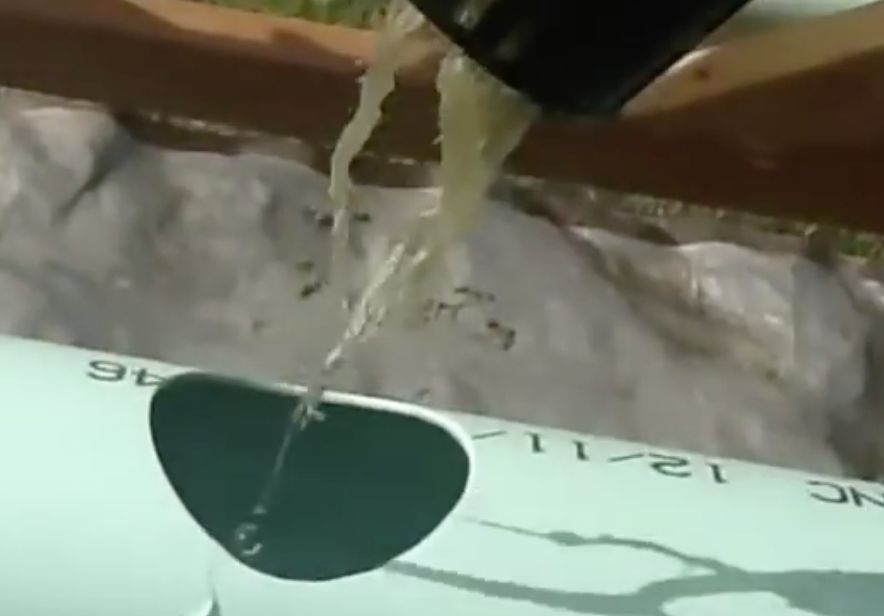
image via – youtube.com
Gardening is among the most relaxing and rewarding ways to get some fresh air and spend your time outside. Many people have found that it improves their lives in more than one way because gardening helps to clear the mind and makes you feel less stressed overall.
It also provides you with the freshest fruits and vegetables right in your own backyard, so you eat healthier and don’t have to worry about pesticides or a trip to the store. A garden can also save you money since foods that you grow often end up costing much less than the grocery store variety. Even if you don’t grow fruit or veggies, you can landscape and liven up your yard with flowers, shrubbery and plants.
The possibilities for gardens are endless and the latest design ideas involve vertical gardening and hydroponic systems. Vertical gardens not only look cool, they’re also a very effective way to make the most out of limited space. People have transformed apartment balconies and entire sides of their houses into beautiful, self-sufficient, living walls. Many vertical gardens integrate the use of hydroponics to grow plants because by eliminating soil it cuts down on the weight.
There are lots of commercially available vertical hydroponic garden systems being sold these days but the high cost makes them unaffordable for many people. If you would love to have your own but are not willing to pay the steep price, then the next best option is to make your own.
That may seem like a daunting task but with this video from Greenerways2012 it becomes a whole lot easier than you’d imagine. The A-frame setup shown is comprised of 12 tubes, each one can hold 14 plants for a total of 168, and in the video heads of basil can be seen growing. The footprint it takes up is 6 feet by 10 feet, which is about the size of a small garden plot.
No electricity is needed, instead the water delivery system relies on pressure and gravity to flow. While there is no materials list given for the entire set up, some of the things that you’ll need if you make this include wood for the frame, PVC pipes and caps, plastic tubing, filters, brackets, a float valve, and a few other items.
Check out the video for a complete explanation of the system and a better visual understanding of the set up. The man behind the camera gives an excellent and comprehensive look at all the parts and how they work together, he also goes over more details on the measurements, sizes, and specific materials that were used. For more ideas and information on this set up or vertical hydroponic gardening refer to his channel Greenerways2012 or the Greenerways Facebook community page. Enjoy the video and and happy gardening!!
Please SHARE This With Family and Friends 🙂
She Places Leftover Celery Scraps In A Cup of H2O. 3 Days Later She Reveals The UNTHINKABLE!
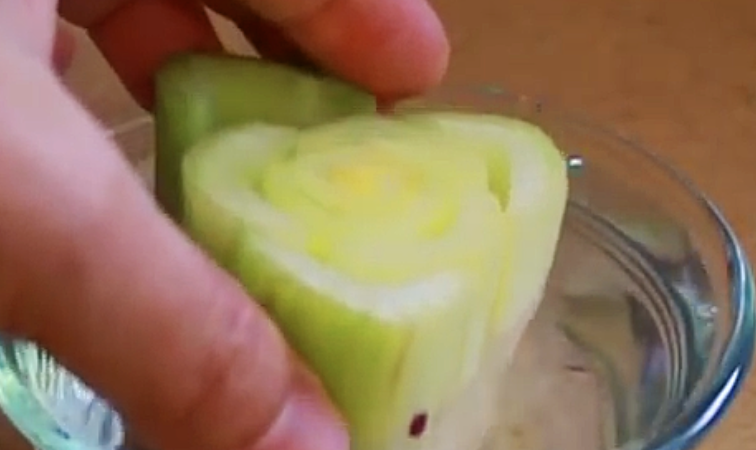
image via – youtube.com
If you are like me, and have always loved the idea of growing your own fruits and vegetables, but have never given a fully constructed vegetable garden a whirl, the following video below is for you. The official start of Summer is only a few days away, so this is the perfect time to watch this unique approach to enjoying your own fruits and veggies all summer.
Although we all have the option of composting food scraps, instead of just throwing them in the garbage, Cobi Kim shows us a far cooler and more productive way to deal with food waste. She actually illustrates how simple it is to GROW A GARDEN FROM KITCHEN SCRAPS!
I never thought of being able to grow my own PINEAPPLES! Instead of tossing the crown, Cobi shows you how to ready it to be placed in water, in order to develop substantial roots. After 3 weeks it is ready to be planted in the soil.
Similarly, you will be shown how to cut the bottom of a celery stalk, to be placed in water until the root growth readies it to be planted outside. Check out the video for complete details for these items, as well as transforming ginger, garlic, green onions and round onions into a lush and satisfying fruit and vegetable garden!
Have you tried this?
Please SHARE This With Family and Friends 🙂
This Man Was Gardening In His Backyard 60 Minutes Later He Died. The Reason Is Scary!
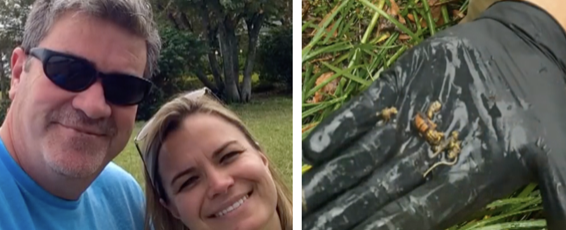
Not only was I shocked and saddened by the tragic story you are about to hear in the video below, but I found out something that I never knew. Where I live, yellow jackets appear in huge numbers in August, and I always complain that the “bees” are back. Apparently I, like many others, thought that yellow jackets are “bees”. They look and sting like “meat bees”, but they are actually WASPS!
This is very important to know, because we all love being outdoors during the summer..swimming, barbecuing, taking walks and gardening…but need to be aware and prepared. While bees are generally less aggressive, produce honey and are critical for balancing the eco-system, yellow jackets (wasps) are a different story.
The video tells the story of John who was gardening, and put his hand into a yellow jacket nest in the earth. Yellow jacket stings, as with all wasps, are very painful. I found out one day when I was cutting some flowers from my garden, and unknowingly disturbed a wasp nest. They attacked my face, and within one minute my lips blew up to 5 times their normal size.
Luckily I took 2 Benadryl and was okay after a few hours. John was not so lucky. It is unclear if he had ever been stung by yellow jackets before; he had several bites, lay down and asked his wife for an ice pack to sooth the pain and inflammation.
Within one hour he was dead! He had gone into anaphylactic shock, due to a severe allergic reaction. The truth is that you may have been bitten by wasps previously in life and never had an allergic reaction, but it is quite possible to develop such a severe allergy at any point in your life, and not know it until it is too late. His wife describes what happened and her terrible shock at losing her husband in an instant. The only thing that could have saved him, as his breathing became increasingly difficult, would have been EPINEPHRINE…having an EPI pen in their home.
Please SHARE John’s story with your family and friends; IT COULD SAVE A LIFE!
Video: This Guy Places A Pot Upside Down Over This Plant. The Reason Is BRILLIANT!
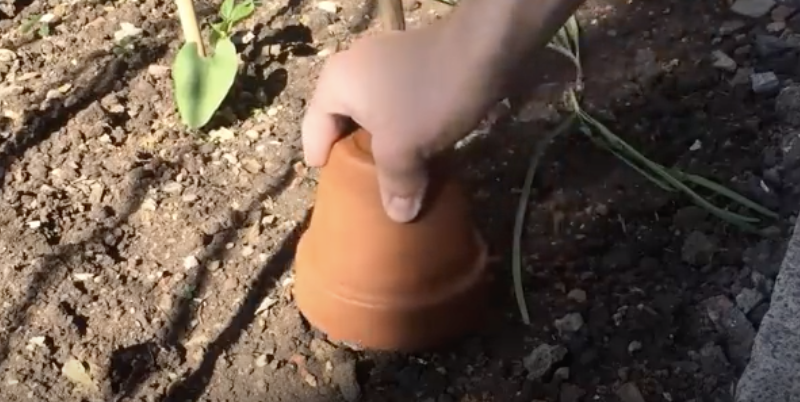
Many people find gardening to be a relaxing and rewarding way to spend time outdoors and help improve their lives. Fresh healthy foods can be had for much less cost than the grocery store kind while flowers, shrubbery and plants can help liven up any plain old yard. The possibilities for gardens are endless with thousands of varieties and combinations of seeds available. You can plant herbs, vegetables, perennial bulbs, shade plants, flowers, bushes, grasses, fruit trees and so on. To make your green thumb even greener, here are some clever ways to help you garden that all include items you can easily find or already have on hand.
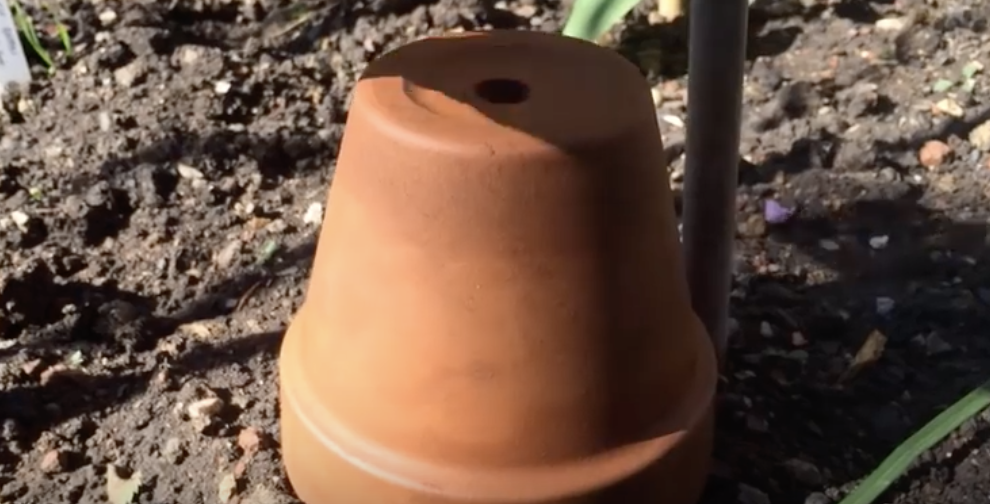
First, use a long wooden handled gardening tool as a measuring stick by marking off intervals on it. When the need arises for plants to be evenly spaced, you will be ready to go. To label where and what certain plants are, recycle last years labels by scraping off old marker with sandpaper.
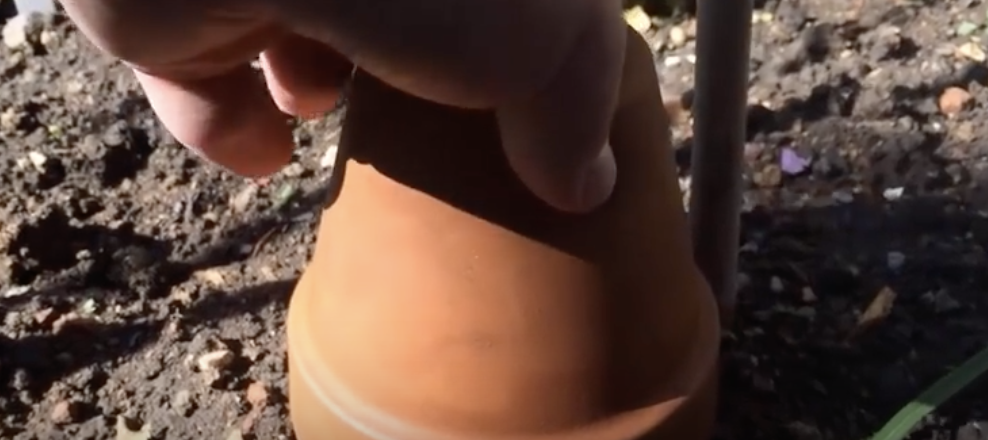
Alternatively, you can take some flat stones or tiles and use them as markers, or make your own by cutting them out of plastic cups. When it is cold enough to potentially get frost, protect seedlings by covering them with a terracotta pot at night and then uncover it in the morning. If you ever need to get rid of aphids (aka plant lice) wrap sticky tape around your hand to brush them off plants while keeping them off your hands.
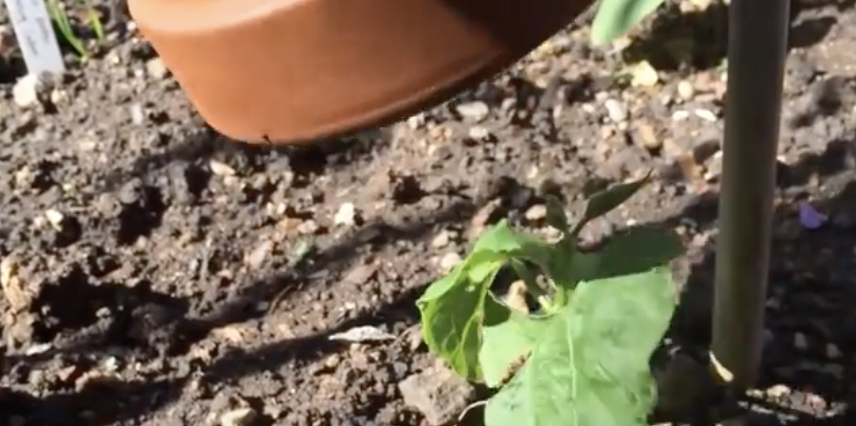
Now time for the water related hacks. For an easy irrigation system take plastic water bottles, punch several holes in the cap, cut off the the bottom, insert in the ground near the plant, and fill with water. The water will slowly be released into the ground and last longer, which is especially needed if your growing plants in dry, hot conditions.
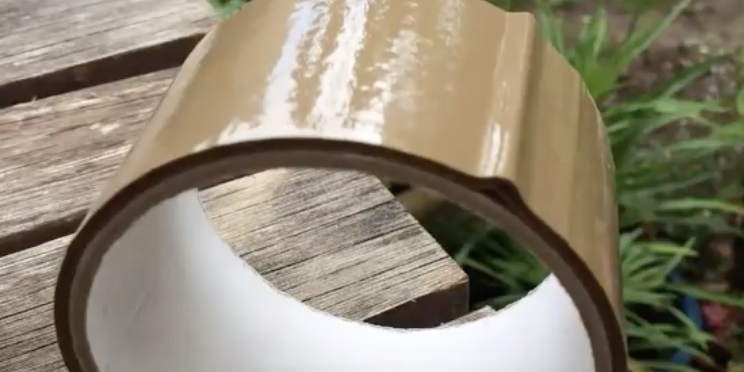
You can reuse water leftover from cooking, such as water used to boil veggies in, and collect rainwater from your roof/eaves to water your garden and decrease overall consumption. Another H2O trick involves soaking seeds overnight in lukewarm water to help them germinate and sprout earlier.
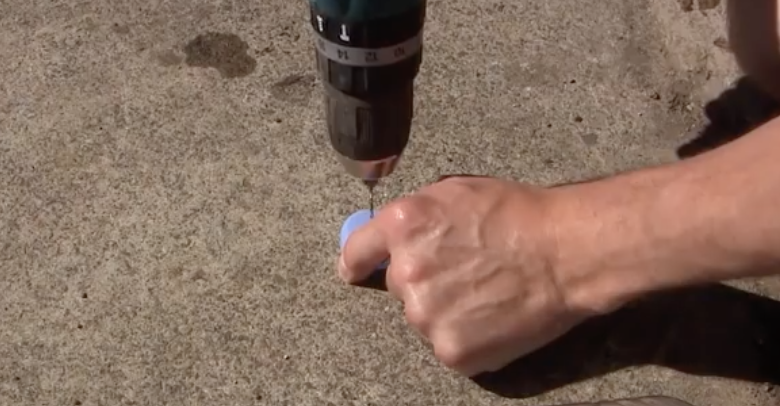
Next, if you have plants sensitive to root disruption, like peas and beans, use cardboard tubes as planters. This helps ensure their roots don’t tangle up with each other and makes transplanting them much less stressful on the plants. For those with limited space, drill holes in gutters to make a wall garden, and try to use other available vertical surfaces by getting creative.
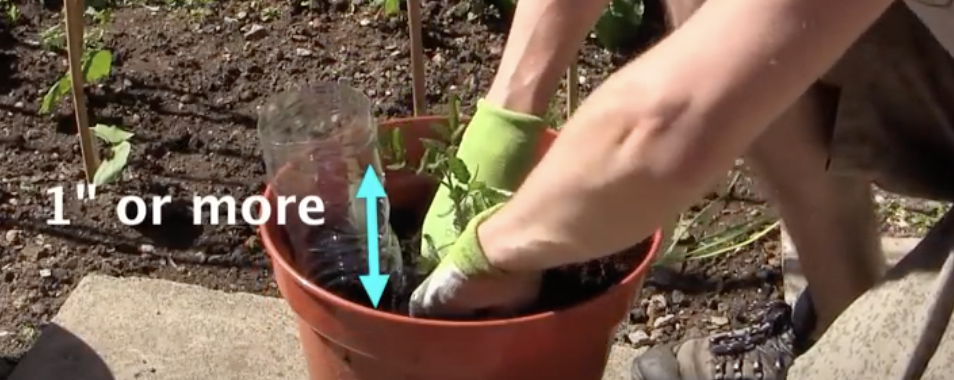
There is also software and apps available for planning and plotting out gardens. It’s useful for new and seasoned gardeners and, best of all, has been shown to reduce the chance of having failed crops. For more information and a better visual understanding of the points covered above, check out the video and enjoy! Happy Gardening!
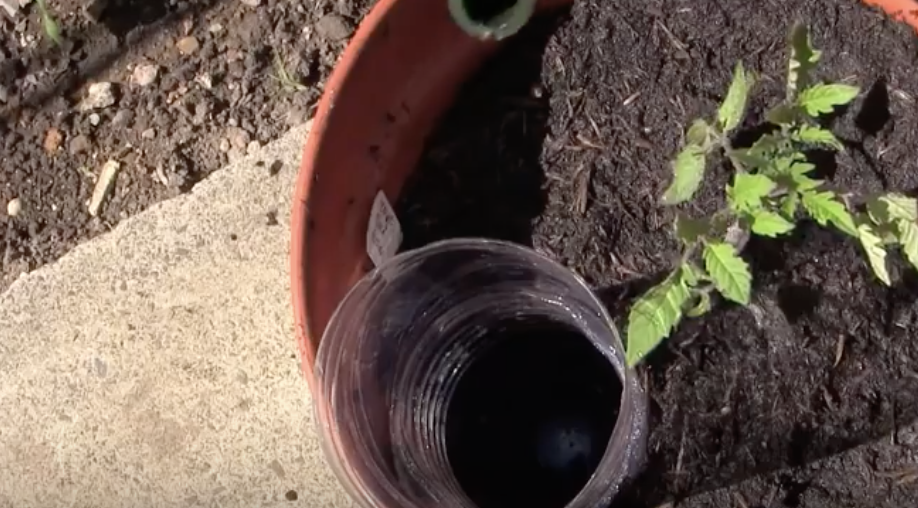
Please SHARE With Family and Friends

